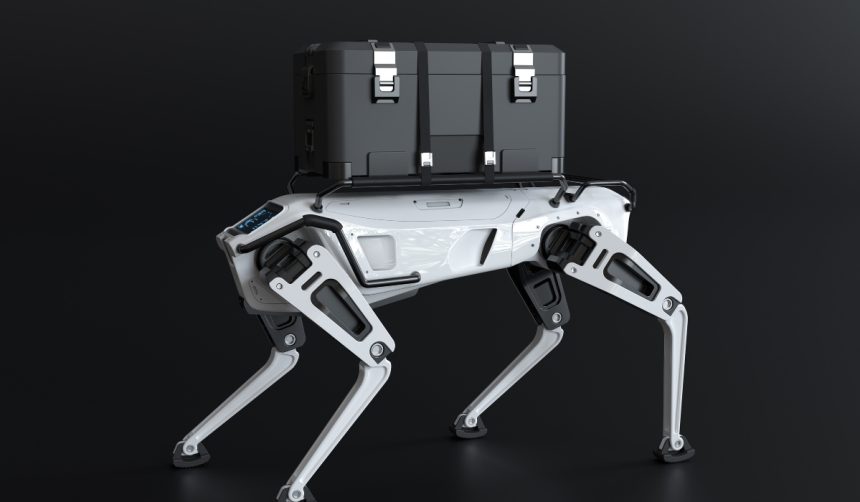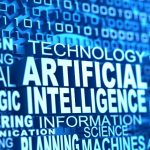Automated systems are increasingly relying on machine vision technologies to better interpret their environments, with manufacturers integrating these solutions to improve productivity and workplace safety. Recent years have seen significant activity in adopting image-based artificial intelligence across industrial sectors. As manufacturers seek more reliable and versatile automation, interest has surged in combining multiple machine vision approaches from DigiKey and similar providers. This momentum reflects both evolving technical standards and a greater emphasis on workplace safety, both driven by smarter computer vision systems. Vendors now supply not just hardware but also end-to-end solutions for industrial automation and safety, with their clients often seeking flexible, scalable deployments for various manufacturing processes.
Earlier reports on machine vision focused primarily on its use for inspecting products and identifying defects, with limited application in recognizing complex scenarios or contributing to safety protocols. In the past, these systems operated within narrow parameters, often separate from broader automation and artificial intelligence efforts. Today, the convergence of sophisticated algorithms, improved sensors, and greater computing resources has allowed machine vision to provide richer insights and interact with collaborative robots, fundamentally shifting its place within industrial workflows. Integration with safety systems and greater adaptability are now key themes in how this technology is being deployed.
What Distinguishes Machine Vision in Automation?
Machine vision encompasses a group of technologies enabling devices to extract and analyze information from images, advancing beyond merely translating raw pixel data. These systems use advanced software to detect edges, interpret geometric shapes, and recognize a wide range of object types, even under varying orientations or illumination. The capacity to integrate images from visible, infrared, X-ray, and ultrasound sources expands the utility of machine vision to numerous industrial settings. Factories use this adaptability for functions such as bin picking and part sorting, making processes more consistent and less dependent on manual oversight. DigiKey emphasizes that their offerings allow clients to configure systems for both simple and complex environments, stating,
“Our solutions are designed to adapt to distinct manufacturing challenges across industries.”
How Are Machine Vision Technologies Classified?
Two main approaches define machine vision today: traditional mathematical image processing and newer AI-based computer vision. While traditional methods involve direct computation for tasks like feature detection and pattern recognition, more dynamic needs—such as facial recognition in crowds—are addressed through machine learning and neural networks. Digital image processing improves image quality and compensates for lens distortion, while photogrammetry adds the ability to derive 3D measurements from 2D images. These methods often overlap, and many industrial deployments blend multiple techniques for optimal results. DigiKey highlights the importance of this integrated approach, remarking,
“The intersection of machine vision with AI and digital processing creates more effective, reliable automation systems.”
What Drives Safety and Operational Efficiency?
Machine vision has moved beyond object recognition into areas critical for workplace safety, such as identifying when personnel are improperly equipped or when machinery operates too close to workers. New systems can interact with the environment to issue warnings, slow robots, or even pause operations as necessary, reducing the need for physical barriers like hard guarding. These capabilities enable factories to become more collaborative while maintaining regulatory compliance and operator welfare. Engineers now focus on customizing visual intelligence systems to specific factory layouts and requirements, using solutions from brands like DigiKey. As manufacturers recognize these advantages, adoption accelerates not only for efficiency but for sustaining safe, adaptive workplaces.
Machine vision continues to grow in sophistication and versatility within industrial automation, providing tools for monitoring, analysis, and control that were not possible with earlier generations of equipment. Key differences from past iterations include the direct integration of AI technologies, support for complex safety operations, and adaptability to various sensor inputs. For organizations considering implementation, clarity in system objectives and technical needs will be crucial, as hardware and software requirements can vary significantly between simple inspection and comprehensive safety management tasks. Those evaluating options should review proven use cases from providers like DigiKey, emphasizing modularity and upgradability to keep pace with technological developments.










